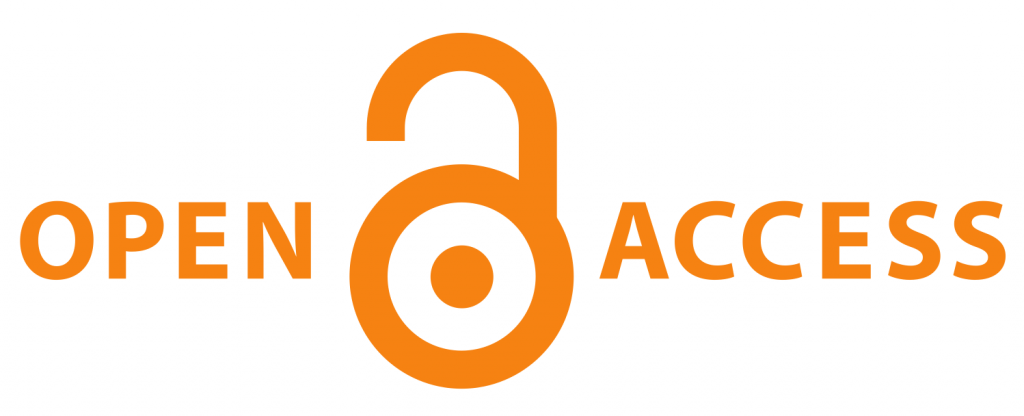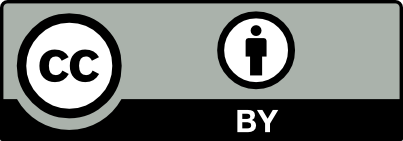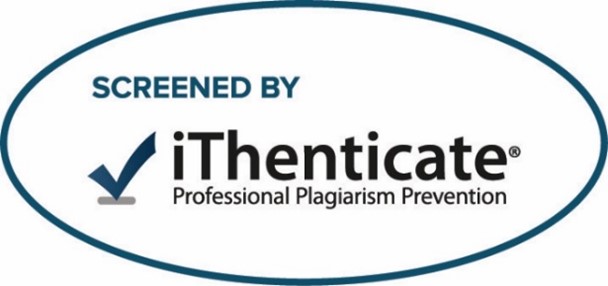Subject Area
Electronics and Communication Engineering
Article Type
Original Study
Abstract
Non-Line-Of-Sight (NLOS) and multipath errors are significant causes of poor accuracy in Global Navigation Satellite Systems (GNSS). These errors occur when satellite signals are diffracted or reflected by obstacles instead of traveling directly along the Line-Of-Sight (LOS), particularly in urban environments. Such diffracted or reflected signals can reach GNSS receivers, skewing pseudorange measurements and posing challenges to accurate GNSS positioning. This study introduces an innovative approach using supervised Machine Learning (ML) models to detect and mitigate NLOS error. To develop and validate these models, GNSS data collected during the smartLoc project from Frankfurt and Berlin in Germany were leveraged, representing distinct urban canyon formations and environmental conditions. The datasets include GNSS data recorded during real-world urban driving scenarios using two receivers: Novatel for high-precision labeling and U-Blox for training to distinguish between LOS and NLOS signals. Nine features were chosen from the collected data to train and test the models, including the carrier-to-noise density ratio, pseudorange measurement, Doppler measurement, and six other relevant features. Four advanced supervised ML algorithms were utilized: Support Vector Machine (SVM), Naive Bayes (NB), Decision Tree (DT), and K-Nearest Neighbor (KNN). The performance of these models was assessed using metrics such as average accuracy, recall (probability of detection), precision, F1-score, and probabilities of miss-detection and false alarm. The comprehensive evaluation revealed high testing accuracy, ranging from 85.32% to an impressive 98.11% when testing data matched the training location. Even with testing data from different locations, the models demonstrated commendable accuracy, ranging from 50.92% to 87.91%
Keywords
Global Navigation Satellite Systems (GNSS), Machine Learning (ML), Support Vector Machine (SVM), Naive Bayes (NB), Decision Tree (DT), K-Nearest Neighbor (KNN), Line -Of-Sight (LOS), Non-Line-Of-Sight (NLOS)
Creative Commons License

This work is licensed under a Creative Commons Attribution 4.0 License.
Recommended Citation
EzzElArab, Mohamed Ali; Mohamed, Mohamed AbdElAzim; AbdElhalim, Eman; and Abosekeen, Ashraf
(2025)
"Non-Line-of-Sight Classification in Urban Areas Based on Machine Learning Algorithms,"
Mansoura Engineering Journal: Vol. 49
:
Iss.
5
, Article 18.
Available at:
https://doi.org/10.58491/2735-4202.3281










